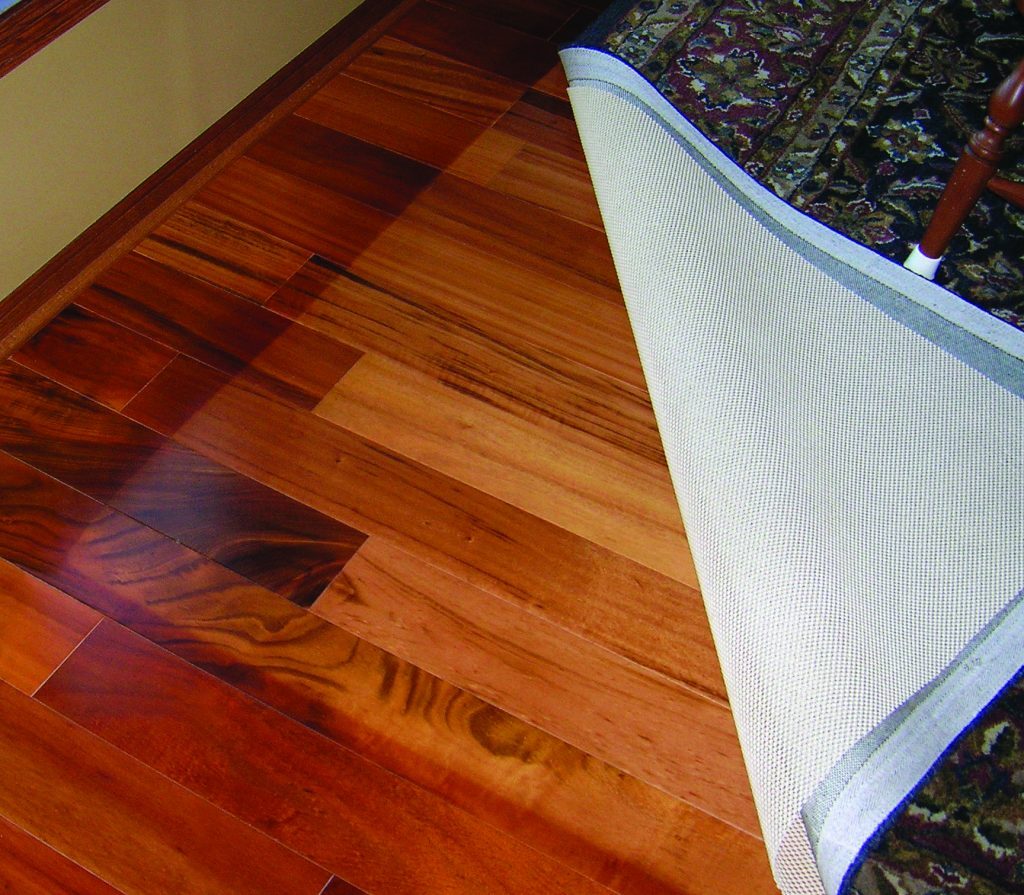Why is my hardwood floor darkening in certain areas over time?
Why is my hardwood floor darkening in certain areas over time?

Color Changes/Ambering
General Comments
- All uncoated, bare wood and ALL oil-based polyurethanes get darker in color with time. They darken less and at a slower rate, when they are exposed to light.
- Ambering of waterbased finishes varies widely. However as a general statement waterbased finishes are more color stable than oil-based finishes and therefore amber at a slower rate.
The Problem
The look of the floor has darkened non-uniformly over time.
The Cause
Since the wood itself and, sometimes, its topcoat are darkening with time and light exposure, then any areas of the floor covered with area rugs, furniture, etc. will appear darker when uncovered. This is more pronounced if an oil modified polyurethane finish is applied instead of a non-yellowing or non-ambering waterbased finish.
How to fix the problem:
- For an immediate remedy, completely re-sand (If applicable re-stain) and re-coat the entire floor.
- The condition is substantially but not completely reversible with the passage of time. Removing the items that are blocking the light will allow the previously unexposed, darker areas to lighten and blend somewhat with the rest of the floor. The blend is not perfect, however, because the wood lacks the ability to “recover” fully.
How to avoid in the future
Finishing with a non-ambering topcoat will eliminate the darkening appearance contributed by the finish. Protecting the wood from the bleaching effects of sunlight is achieved only by minimizing sunlight infiltration via drapes and ultraviolet (UV) light blocking windows. UV light blockers in the finish cannot eliminate color variability problems caused by sunlight.
Note
This condition can occur on any floor but is more pronounced the lighter the color of the floor.

